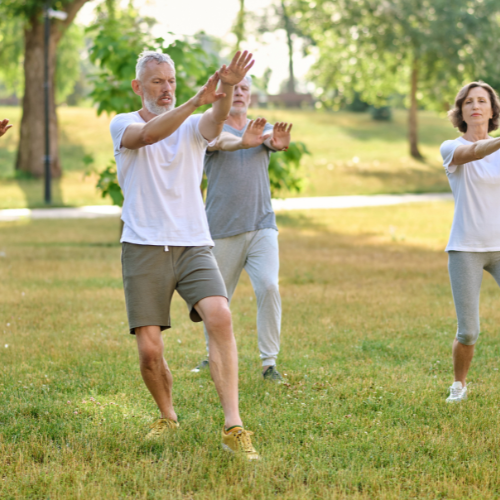Patient Information:
A university student, female, presented with an acute left ankle sprain that occurred a few hours before the consultation. She was unable to walk properly due to localized pain and swelling. Examination revealed that the affected area was primarily along the Bladder Meridian of Foot-Taiyang.
Consultation Process:
This is a straightforward and common case. However, it is worth documenting as the patient raised a series of questions during the treatment, highlighting the significant differences between Traditional Chinese Medicine (TCM) and Western medicine approaches to ankle sprain management. Here is the detailed account of the consultation:
When the patient arrived, her ankle was visibly swollen, and palpation indicated significant meridian blockages. I chose acupuncture as the primary treatment method, complemented by active movement, instead of following the Western RICE protocol (Rest, Ice, Compression, and Elevation). After inserting the needles, I encouraged the patient to move the injured ankle, leading to the following dialogue:
1. Patient asked: “My ankle hurts a lot. Can I move it?”
Answer: “Yes, you can, and you should move it to the point where it hurts the most. The more it hurts, the more you should move.”
A few minutes after needling, her pain significantly decreased, though she was still hesitant to put full weight on her left foot.
2. Patient asked: “Should I wrap and immobilize the injured area?”
Answer: “According to Western methods, yes, but in TCM, immobilization is unnecessary. Wrapping would impede the flow of Qi and blood, worsening stagnation.”
3. Patient asked: “How should I get home?”
Answer: “Walk home on your own. Put some weight on your left foot and try to return to a normal walking posture.”
4. Patient asked: “Are there any precautions I should take?”
Answer: “Avoid ice, cold water, and eating foods classified as ‘stimulating’ in TCM. Also, it’s best to return for another acupuncture session tomorrow.”
The patient left the clinic with some doubt. However, the following day, the receptionist informed me that she had canceled her follow-up appointment because her ankle had completely healed. The receptionist, with a background in Western medicine, was astonished. He noted that in most cases, ankle sprains are most painful on the second day, yet this patient recovered after just one acupuncture session with only one or two needles.
Treatment Analysis:
This case demonstrates that my treatment principles differ fundamentally from the RICE protocol in Western medicine:
- Active movement: Encouraging the patient to move the injured area rather than rest, to promote Qi and blood circulation.
- No ice: Ice suppresses the body’s vital energy and exacerbates blockage, delaying healing.
- No wrapping: Avoiding immobilization prevents further stagnation in the affected area.
Why Does TCM Handle It This Way?
In TCM, life energy (Qi) is dynamic and flowing. The primary issue caused by local injuries is blockage in the meridians. To resolve the blockage, it is essential to promote the circulation of Qi and blood, rather than suppress it. Both ice and immobilization enhance stagnation, leading to prolonged recovery and an increased likelihood of bruising.
Treatment Principle Summary:
All treatments for the human body should adhere to the principle of “facilitating flow, not causing blockage.” By using acupuncture to clear meridian blockages and encouraging appropriate movement, rapid recovery can be achieved while avoiding complications. This case once again validates the effectiveness of TCM’s holistic and dynamic approach to treatment.
Important Reminder:
This method is only effective when applied under the guidance of a professional TCM practitioner during acupuncture treatment. Patients should never attempt to replicate this approach on their own, as improper application may worsen the condition.
Case NO.104 @ iCare holistic clinic, Melbourne
Note: TCM doesn’t ‘treat’ any certain WM disease name. TCM has its own system and method to rebalance the human body, release the symptoms and help the body truly recover on its own. TCM treatment methods and effects are different according to individual differences, and the sharing of the case study does NOT constitute treatment recommendations.
Published @November 24, 2024 | Author Max Ma | TCMDrMa All Rights Reserved


















Acupuncture Treatment for Severe Neck and Shoulder Pain in a Weak Female Patient
Effective Traditional Chinese Medicine Treatment for Severe Cough with Wheezing: A Case Study
Case study: Comprehensive Acupuncture and Herbal Treatment for Shoulder Pain with Difficulty in Elevation
Classical Formula Treatment of COPD in a 62-Year-Old Vietnamese Male
Case Study: Treatment of Suppurative Hidradenitis with Dan Zhi Xiao Yao San
Case Study: Post-External Pathogen Yin Deficiency Cough
Personalized Chinese Herbal Treatment for Elderly Patients: A Case of Frequent Night Urination, Premature Beat and Leg cramps
Case Study: Effective Treatment of Gout Using Classical Formulas
Bloating: The Application of Da Chai Hu Tang in the Treatment of Severe Abdominal Distention
Comprehensive Treatment of Chronic Pain with Acupuncture: A Case of Kidney Deficiency and Meridian Obstruction
Classical Formula Treatment for Emotional Dysregulation in a 9-Year-Old Girl
Pulse check Cases Collection (1)
[Case study] One case of lower limb edema in a 72-year-old lady
One case of classic formula ChaiXian Tang helping with no appetite
Kawasaki disease: One 3-year-old kid with persistent high fever and skin rash
[Case study] Multiple Illnesses (8 types) in 50-Year-Old Male Patient
A woman who had been taking Wu Ji Bai Feng Wan for bleeding for ten months
One case of tonsillitis in a 1.5-year-old child